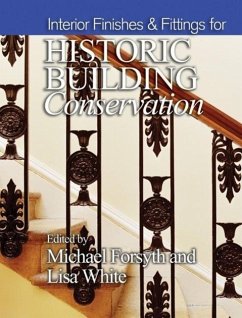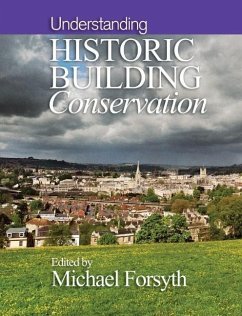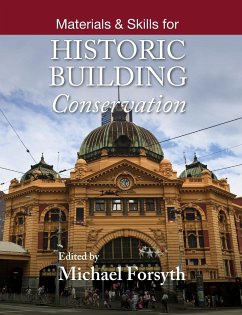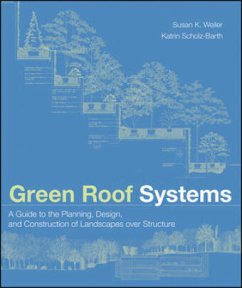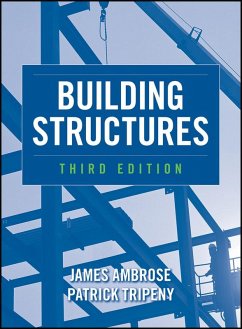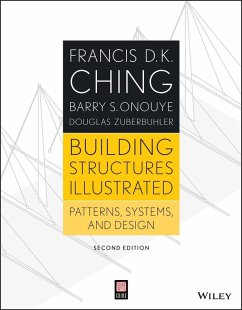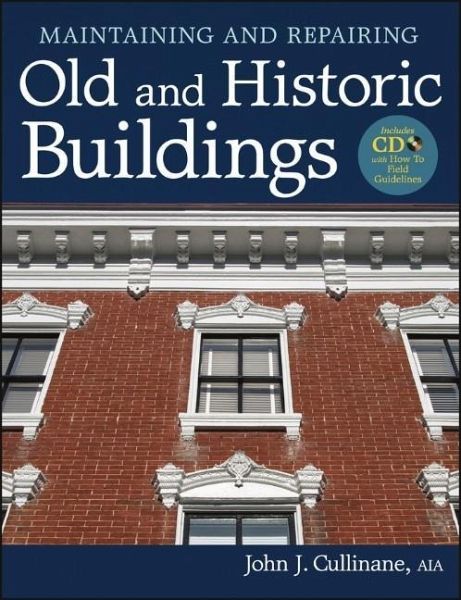
Maintaining and Repairing Old and Historic Buildings
Versandkostenfrei!
Versandfertig in über 4 Wochen
81,99 €
inkl. MwSt.
Weitere Ausgaben:

PAYBACK Punkte
41 °P sammeln!
The book includes background, rationale for treatment, annotated standards and guidelines for the treatment of historic buildings, building systems, and materials. It includes information on energy conservation, and meeting LEED as well as ADA requirements. Including a companion CD featuring more than 400 how-to field guidelines individually printable for various treatment applications, this book provides comprehensive coverage for preservation professionals, architects, engineers, facility managers, and others working on preservation and restoration field.



